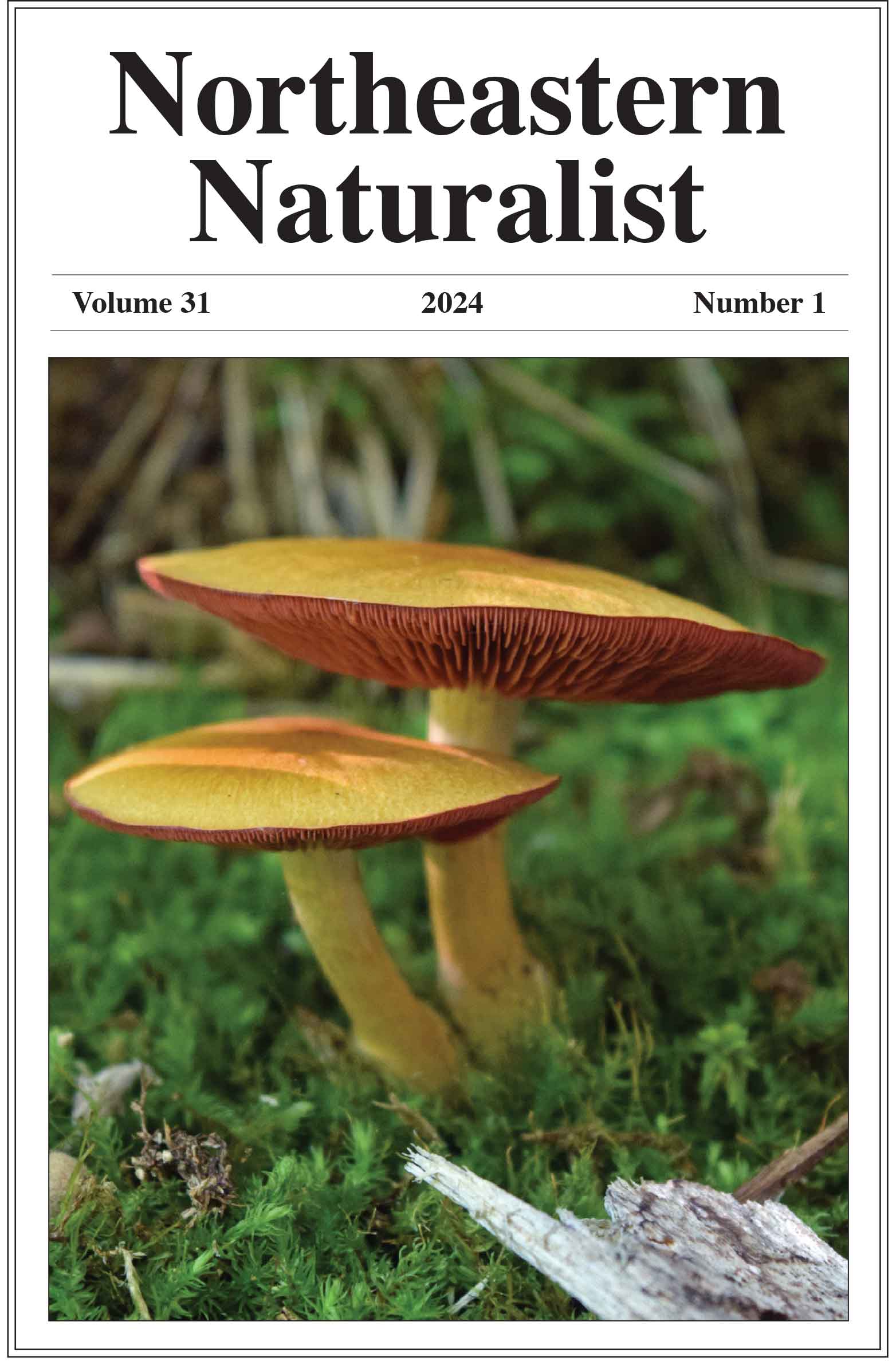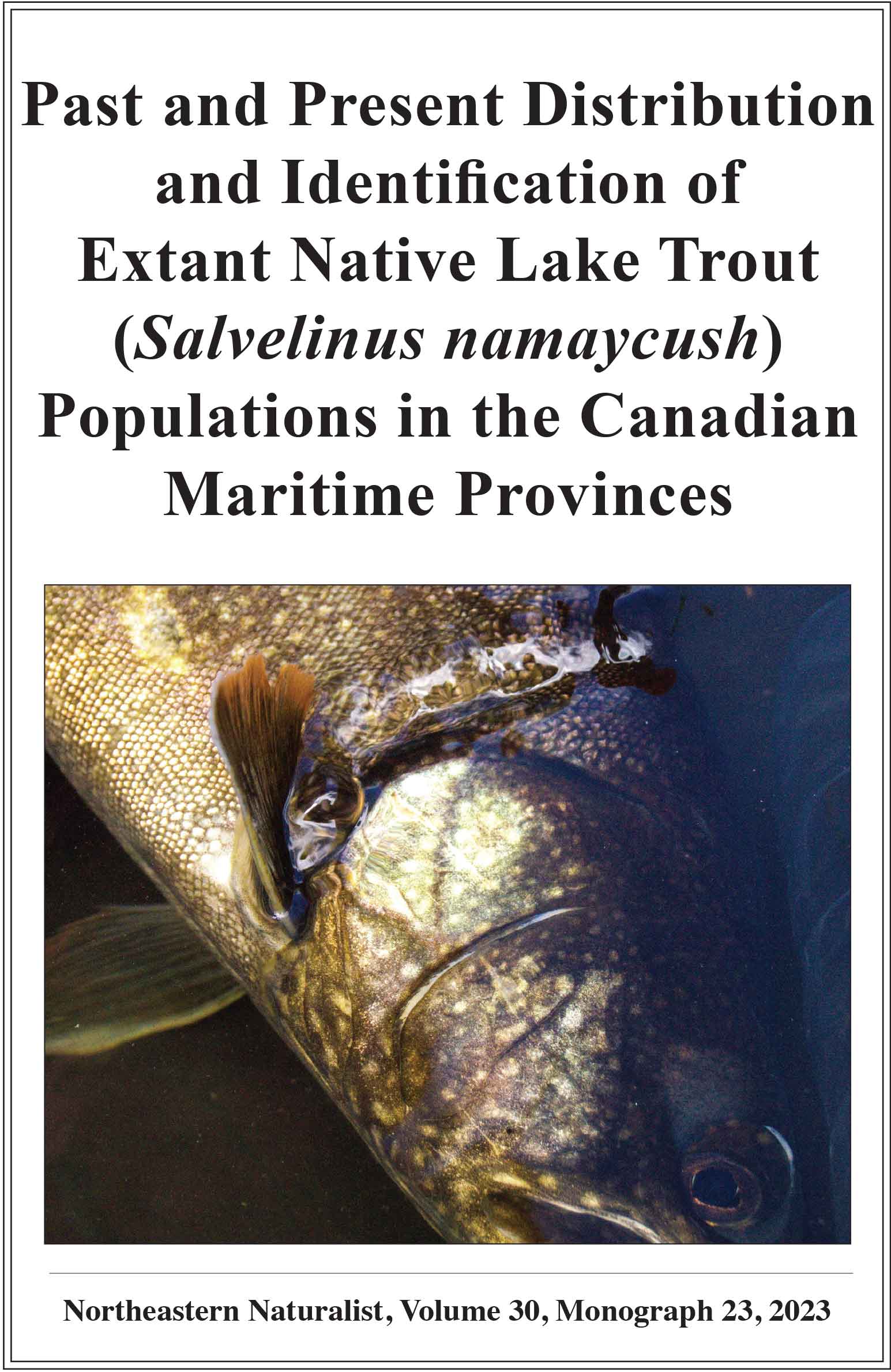Improving Confidence in Remotely Delineated Bald Eagle Roosts to Trigger State Agency Habitat Protection
Elizabeth K. Mojica1,*, Kathleen E. Clark2, Larissa Smith3, and Cristina Frank4
1EDM International, Inc., Fort Collins, CO 80525. 2New Jersey Division of Fish and Wildlife, Endangered and Nongame Species Program, Woodbine, NJ 08270. 3Conserve Wildlife Foundation of New Jersey, Woodbine, NJ 08270. 4Pepco Holdings, Inc., Avian Protection Program, Wilmington, DE 19806. *Corresponding author.
Northeastern Naturalist, Volume 29, Issue 3 (2022): 311–320
Abstract
Haliaeetus leucocephalus (Bald Eagle) is a species that congregates in communal roosting sites during the non-breeding periods of its life cycle. Wildlife agencies are directed to protect roosts, but their nocturnal usage and remote locations make them challenging to identify and monitor. We remotely identified and ground-truthed roost sites using satellite telemetry data. We delineated 13 confirmed roosts and another 34 suspected roosts. Volunteers observed 12 roosts with ground surveys and confirmed 92% were in use by eagles during their first observation. These results suggest use of eagle-tracking data to remotely identify communal roosts is a promising tool for finding and protecting eagle roosting habitat. This method can be complemented with volunteer surveys to confirm ongoing roost use.
![]() Download Full-text pdf (Accessible only to subscribers. To subscribe click here.)
Download Full-text pdf (Accessible only to subscribers. To subscribe click here.)
Access Journal Content
Open access browsing of table of contents and abstract pages. Full text pdfs available for download for subscribers.
Issue-in-Progress: Vol. 31 (2) ... early view
Check out NENA's latest Monograph:












 The Northeastern Naturalist is a peer-reviewed journal that covers all aspects of natural history within northeastern North America. We welcome research articles, summary review papers, and observational notes.
The Northeastern Naturalist is a peer-reviewed journal that covers all aspects of natural history within northeastern North America. We welcome research articles, summary review papers, and observational notes.